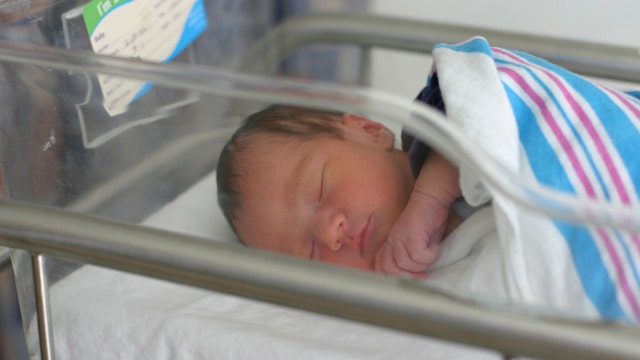Improving U.S. preterm birth rates
The U.S. preterm birth rate is at an all-time low for the sixth consecutive year, but the nation still has work to do. Dr. Manny sits down with the president of the March of Dimes, Dr. Jennifer Howse about the results of this year’s Premature Report Card
America’s preterm birth rate is at an all-time low for the sixth consecutive year, meaning the nation still has work to do. Dr. Manny recently sat down with Dr. Jennifer Howse, the president of the March of Dimes, about the results of this year’s Premature Report Card.
In the United States, one in nine babies is born prematurely. Worldwide, 15 million babies are born too soon each year. The nation received an overall grade of “C,” with an 11.5 percent preterm birth rate.
“The United States of America can do better than a ‘C’ on it’s Preterm Birth Report Card. It can get an ‘A’ when the rate of prematurity in our country is 9.6 percent or less,” Howse said.
According to the March of Dimes, the United States ranks the worst out of the 130 industrialized nations in the world for rate of preterm birth. The main culprits are not having health insurance, elective deliveries and smoking during pregnancy. But Howse said there has been definite improvement in all three areas.
“About a third of the states saw pregnant women not smoking during their pregnancy. So, one-third doing it right, two-thirds still doing it wrong,” she said. “Same with the timing on elective deliveries.”
Howse stressed that delivery should not occur before 39 weeks, and the medical community needs better leadership in states that are doing poorly in preterm birth rates – like Mississippi, which has a rate of 17.1 percent.
Oregon and California scored the highest on the report card with an “A” grade. Howse said their success can be attributed to higher rates of insurance coverage and smoking cessation programs in hospitals.
“We’re doing some things right, and we need to do those things consistently over the next several years to get to a better result,” she said.
With the implementation of the Affordable Health Care Act, Howse said she hopes more health insurance for American mothers will mean fewer premature babies.
“I do think it will make a difference when all the women of childbearing age have health insurance coverage and guaranteed maternity care,” she said.
By next year, the March of Dimes predicts another 2 percent drop.
For more information, visit MarchOfDimes.com and Nacersano.org.

